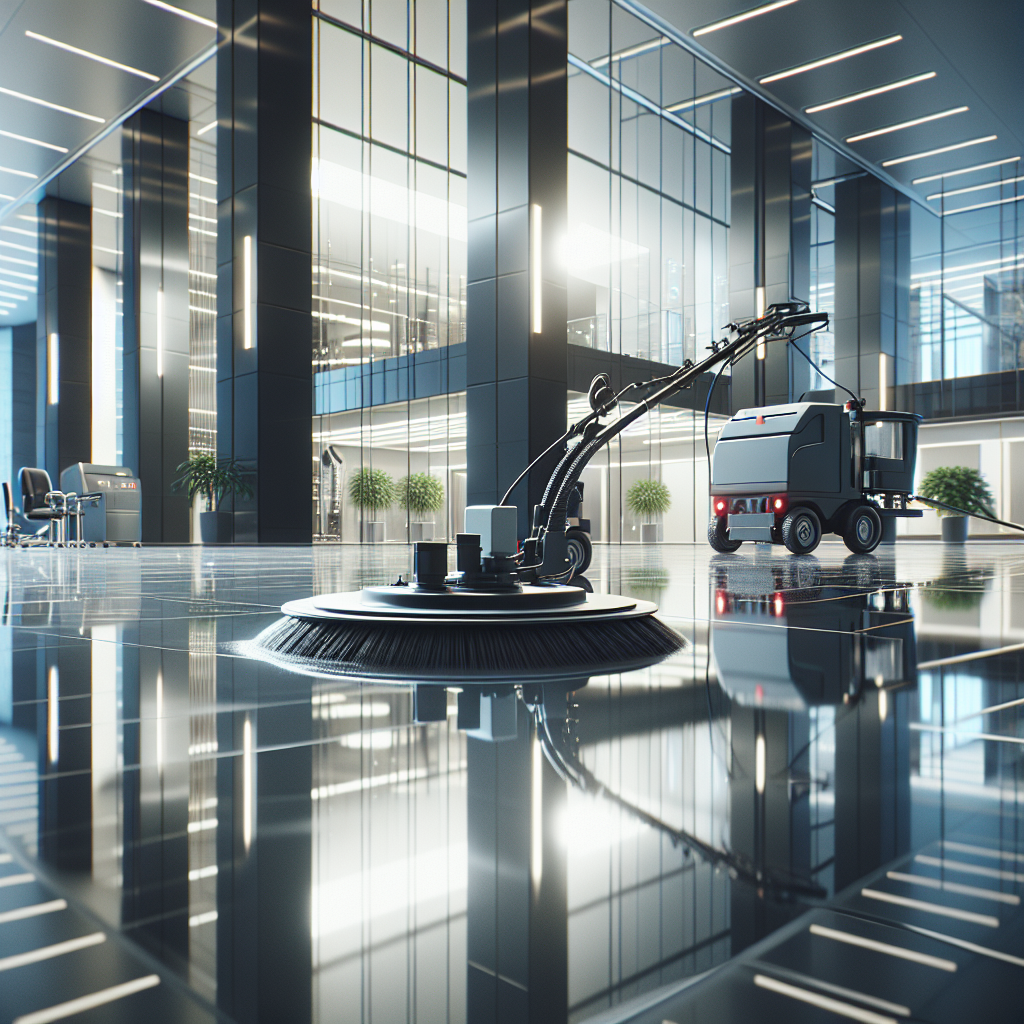As cleaning professionals, our equipment is essential to our success. Protecting our tools and machinery is not just about extending their lifespan; it's also about ensuring our work is of the highest quality. Preventing equipment damage is a crucial aspect of our daily operations. In this comprehensive guide, we will delve into expert strategies to safeguard your cleaning equipment effectively.
Understanding the Value of Equipment Maintenance
Regular maintenance is key to preventing damage to your cleaning equipment. By adhering to a consistent maintenance schedule, you can identify potential issues early on and address them before they escalate. This proactive approach not only saves you money in the long run but also ensures that your equipment operates at peak performance.
Proper Handling and Storage Techniques
One of the fundamental ways to prevent equipment damage is by handling and storing your tools correctly. Always follow manufacturer guidelines for usage and storage. Avoid dropping or mishandling equipment, as this can lead to internal damage that may not be immediately visible but can affect performance over time.
- Clean equipment before storage to prevent dirt buildup that can cause corrosion or mechanical issues.
- Store equipment in a dry and secure location to avoid exposure to moisture, which can lead to rust and electrical damage.
- Use proper lifting techniques to prevent strain on equipment components, reducing the risk of damage during transport or usage.
Training and Education for Proper Equipment Use
Investing in training and education for yourself and your team is a proactive approach to preventing equipment damage. Proper usage techniques not only ensure efficient cleaning but also reduce the likelihood of accidents or misuse that can lead to equipment failure.
Knowledge is power when it comes to equipment maintenance. Equip yourself and your team with the necessary skills and information to use cleaning equipment effectively and safely.
Implementing Equipment Inspection Protocols
Regular equipment inspections are vital to catching potential issues before they escalate. Establishing inspection protocols ensures that every piece of equipment is thoroughly checked for wear, damage, or malfunction. By identifying problems early, you can take corrective action promptly and prevent further damage.
Tip: Create a checklist for equipment inspections, including visual checks, testing functionality, and recording any issues for follow-up maintenance.
Utilizing Proper Cleaning Techniques
Using the right cleaning techniques not only ensures effective cleaning results but also protects your equipment from damage. Avoid using harsh chemicals or abrasive tools that can wear down surfaces or components prematurely. Follow manufacturer recommendations for cleaning products and methods to maintain your equipment's integrity.
- Test cleaning products on a small, inconspicuous area before full application to ensure compatibility with the surface.
- Use cleaning tools with appropriate softness or hardness to prevent scratching or damaging delicate surfaces.
- Rinse equipment thoroughly after cleaning to remove any residue that could cause corrosion or buildup.
Investing in Quality Equipment
Quality equipment is less likely to experience premature damage compared to cheaper, lower-quality alternatives. Investing in durable, well-built tools may require a higher initial cost but pays off in the long term through extended lifespan and consistent performance.
Conclusion
Protecting your cleaning equipment is a fundamental aspect of maintaining a successful cleaning operation. By implementing proper maintenance, handling, training, inspection, and cleaning techniques, you can prevent equipment damage and ensure that your tools serve you well for years to come.



